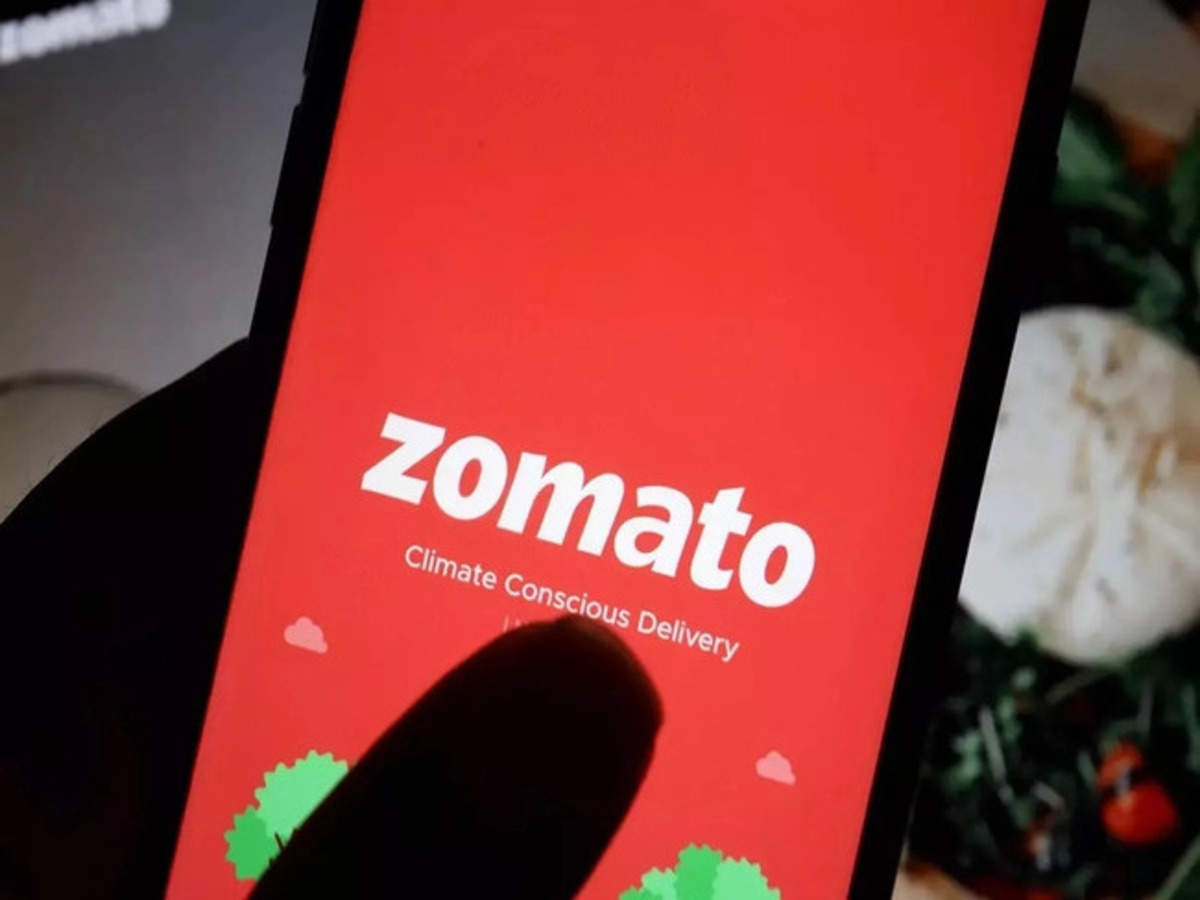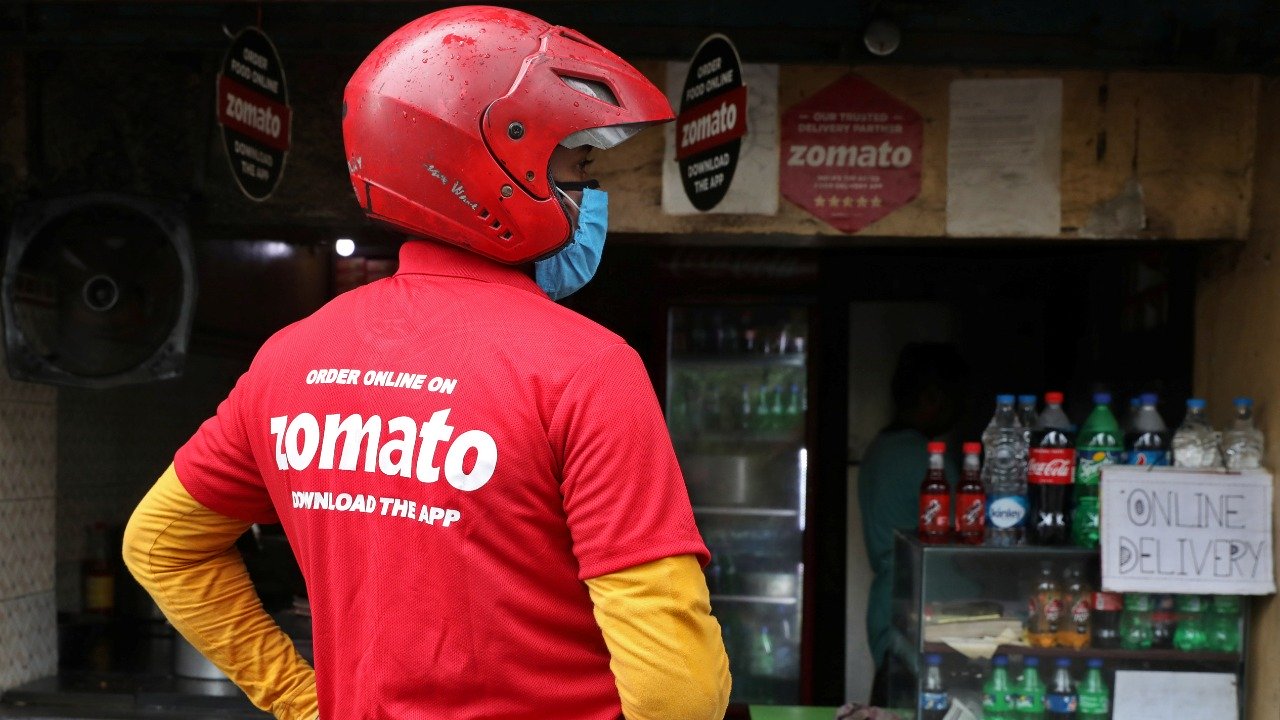
Indian food delivery firm Zomato Ltd reported a 75% jump in quarterly revenue on Monday, as new customers propelled a surge in order volumes.
Online food delivery platform Zomato on Monday reported a widening of its consolidated net loss at Rs 359.7 crore in the fourth quarter ended March 2022, impacted by higher expenses.
During the quarter through March, gross order value – or the total value of all food delivery orders placed on Zomato’s online platform – jumped 77% year-on-year to a record high of 58.5 billion rupees ($754.40 million), while average monthly transacting customers were at an all-time high of 15.7 million.
Demand for services in India’s food delivery sector, dominated by Zomato and rival Swiggy, surged during the pandemic as the country went into strict lockdowns. While Zomato has logged earnings losses since its listing in 2021, it has seen a consistent rise in orders.
Online food delivery platform Zomato on Monday reported a widening of its consolidated net loss at Rs 359.7 crore in the fourth quarter ended March 2022, impacted by higher expenses.
“Likewise, average monthly active restaurant partners and delivery partners were at all-time highs as well,” Zomato’s Chief Financial Officer Akshant Goyal said.
Zomato on their activities
On reports of Zomato acquiring Blinkit (formerly Grofers), he said, “We have committed to giving them a short term loan of up to USD 150 million to fund their short term capital needs. Beyond that, there is nothing to share at this moment.”
He, however, said, “We continue to remain bullish on quick commerce, especially given how synergistic it is to our core food delivery business, and are excited with the progress that Blinkit has made in this space. While there is a lot to do as the business is at its early stages, there’s still a lot of low-hanging fruit to drive growth and efficiency.”
Blinkit has grown well in the past six months, and has also significantly reduced its operating losses, Goyal added.
Commenting on Zomato Instant, the 10-minute food delivery service pilot, Goyal said the company is still studying to understand whether customers order more if delivery time reduces to 10 minutes, and is there a business model where delivery of food can be done in 10 minutes at the same or better contribution per order than the company’s existing business.
“We do not have any answers here yet as the pilot has been live for a few days and only in one location,” he said, adding some update on this could be expected in the next quarter, and scaling it further would depend on the outcome of the current pilot. On the ‘gig worker shortage, he said Zomato is “seeing some stress on the availability of delivery partners in the current quarter in select large cities since the last week of April.”
While terming it as short-term in nature as the post-COVID economic recovery has brought back jobs in cities, he said the company lost some delivery partners to such jobs.
Moreover, Goyal said, all the workforce which migrated to their hometowns or villages during the first COVID-19 wave has not yet come back to the cities for work, “thus hampering our delivery partner acquisition rate.”
“We think things will normalize in a few weeks. We are also working on various long-term initiatives to drive more stability of delivery partners in our fleet,” he said.












